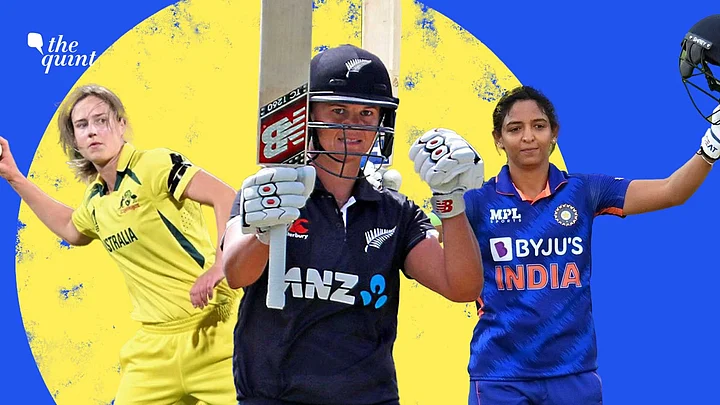In a significant move to bridge the gender disparity prevalent in the world of cricket, the BCCI on Thursday announced the implementation of the ‘pay equity policy’ which will see its centrally contracted men and women players receive the same match fee, going forward.
According to newly-introduced policy, the women will now receive Rs 15 lakh per Test match, Rs 6 lakh for ODIs and Rs 3 lakh for T20Is respectively – same as their male counterparts.
Prior to this development, the Indian women used to receive Rs 4 lakh for a Test, and Rs 1 lakh each for ODIs and T20Is.
The rise in fees has been so massive that there is a 275% hike in Test match fee, 500% in ODI, and 200% in T20I when compared to the previous structure.
New Zealand First to Implement Pay Equity Policy
India though isn't the first board to announce pay equity in match fee, back in July, New Zealand cricket board became the first to implement pay equity policy for all its contracted players.
The board announced that its women cricketers will receive the same match fee as their male counterparts, across all formats and competitions, not just in the international circuit but domestic as well.
The new agreement will now allow the White Ferns to earn Rs 4.94 lakh for a Test, Rs 1.92 lakh for an ODI, and Rs 1.20 lakh for every T20I. Though it is evident their match fees does not match up with BCCI's revised structure, it’s not the same with their annual contracts.
New Zealand’s centrally contracted women cricketers receive Rs 78.76 lakh as the maximum retainer while Rs 68.67 lakh is the minimum paid – higher than what India’s top female player makes annually.
Cricket Australia Leads the Pack
If New Zealand’s minimum retainer seemed high enough, Australia is leading the pack among international teams.
In October last year, Cricket Australia announced a pay rise for its female cricketers, taking the maximum retainer to Rs 95 lakh and the minimum to Rs 46.60 lakh per year.
Despite offering one of the highest annual contracts for its women cricketers, the Australian administrators admitted that the wages still fell short of the men’s game, meaning there could be a probable increase in payments in the future.
In terms of revenue earned, it is no hidden fact that BCCI is one of the richest boards in world cricket. However, they still fall behind Australia and New Zealand with regards to the central contracts offered to their female cricketers.
While the BCCI raised the match fees of its women cricketers, it is no hidden fact that there are more avenues of equity in their salaries that need to be addressed to really call it a ‘new era of gender equality in Indian cricket’.
To start with, the BCCI could initiate by taking a leaf out of the Australia and New Zealand’s book.
(At The Quint, we question everything. Play an active role in shaping our journalism by becoming a member today.)
